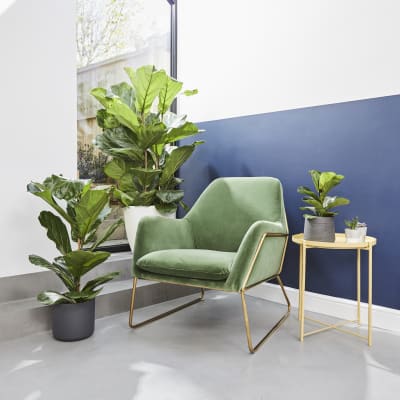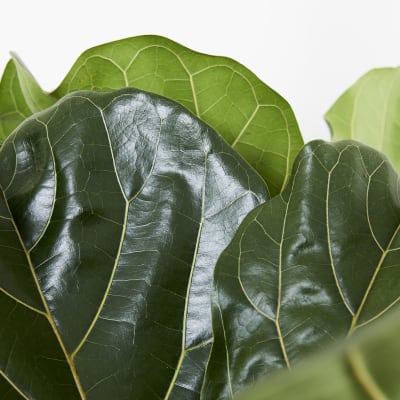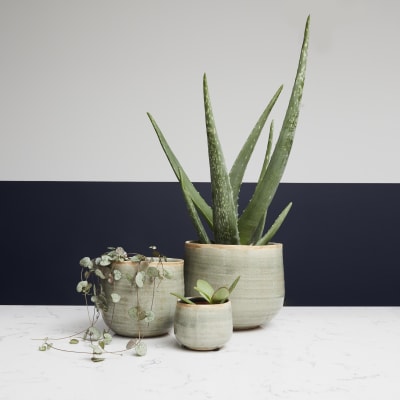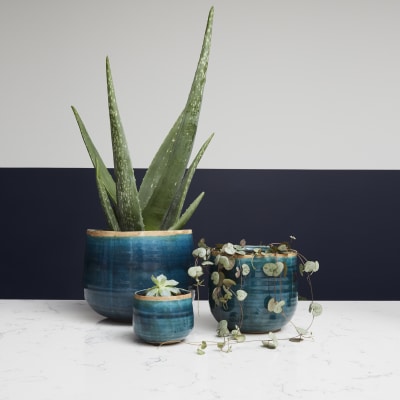

From £12.00


From £12.00
Out of stock
See optionsIf you want an even more hands-on role in your plant’s health, why not consider making your own pesticide and fungicide?
Before you start, make sure you know what the issue is. Take a look at our info on common plant illnesses and how to cure them - treating your plant for the wrong thing can do more harm than good. Feel free to get in touch with us if you aren’t sure.
Once you’re certain of your diagnosis you can think about treatment. Chemical pesticides and fungicides can contain lots of toxins; often reintroducing those that we’ve brought plants into our home to remove! Making a natural alternative can avoid bringing these chemicals into your home, plus it’s safer to keep around if you have pets or kids.
A good place to start is a mix of mild liquid soap and water, sprayed onto houseplants. One teaspoon of soap per litre of water will do the job. It sounds simple, but this formula will treat a lot of common houseplant pests. Add just a teaspoon of bicarbonate of soda and it becomes a great fungicide as well.
Others swear by chilli spray to repel insects (although it’s not known how well it treats existing infestations). Mix one teaspoon of chilli powder with a litre of water and add a few drops of mild soap and spray onto your plants.
We’ve also come across some recipes for homemade fertiliser in our time.
The fertilisers you buy can do the job perfectly well, but contain high levels of salt which can build up in the soil over time (you might see it in the surface of the soil, looking a bit like white mould) meaning your plant has to be repotted more frequently.. They also feed the plant itself, whereas a natural option feeds the microbes in the soil, which in turn feeds your plant.
A natural alternative can be made up of ingredients that will provide the Nitrogen, Phosphorus and Potassium that your plants need to grow. There are lots of options out there, but a good place to start is a mix of Urea, Potash, Bone Meal and water.


From £5.00
Out of stock
See options

£5.00
Out of stock

Free standard delivery on orders over £50
Need to get in touch?
Just use the help widget to send a message to the team.
Customer service opening hours:
Monday to Sunday 9am-8pm
Live chat is available 10am-5pm Monday to Friday
Secure payment - our systems are protected with bank-grade security. Your payment is safe with us.
We work directly with over 40 specialist growers to bring you the best quality plants
If you need advice, just get in touch - we’ll be your personal plant gurus as long as you need us. If something’s up, tell us within 30 days of delivery — we’ll sort it.
We usecookiesto improve your experience on our site.